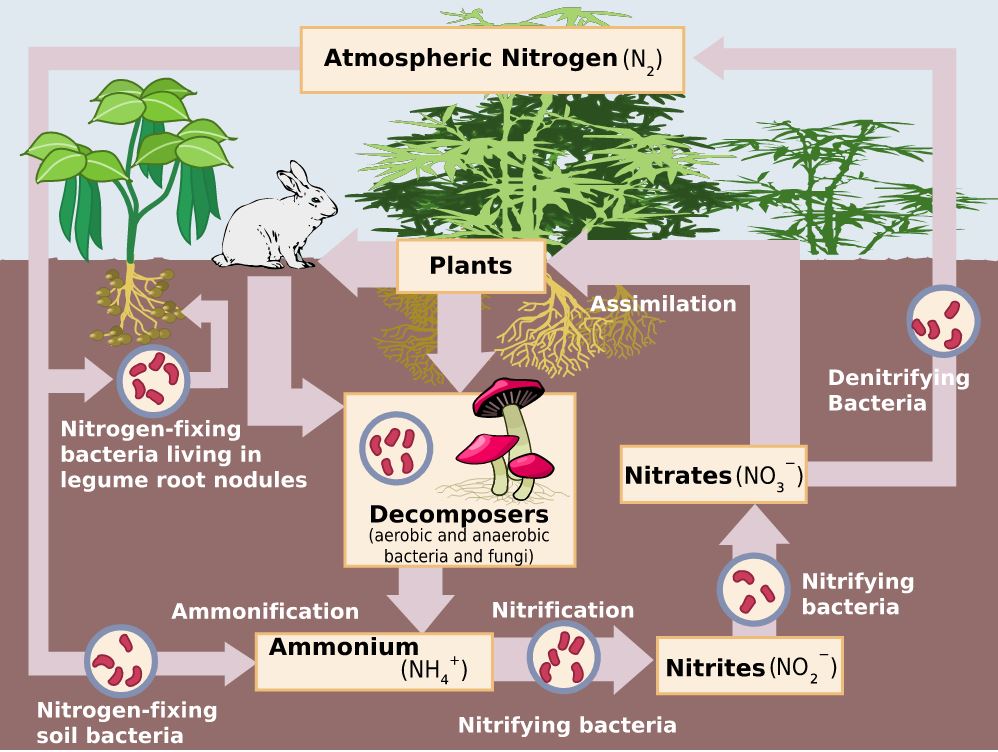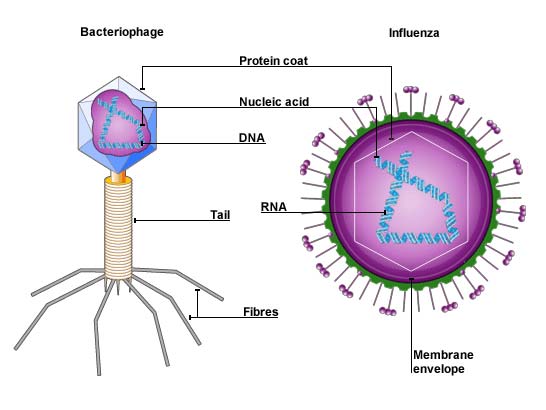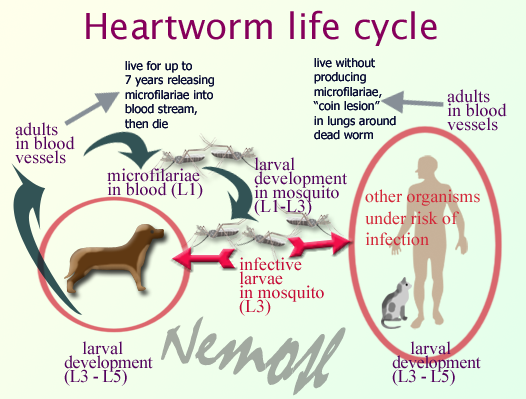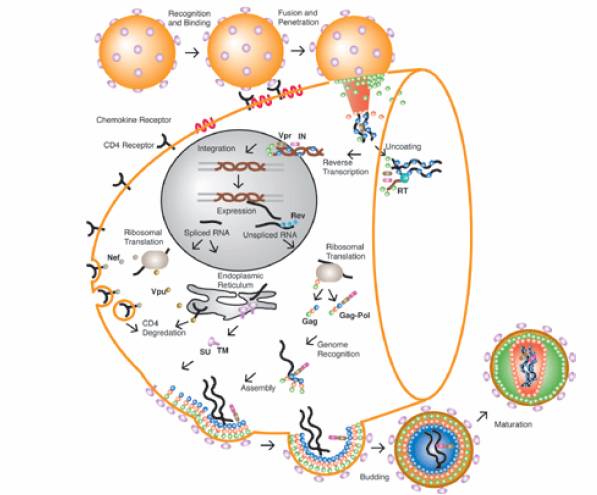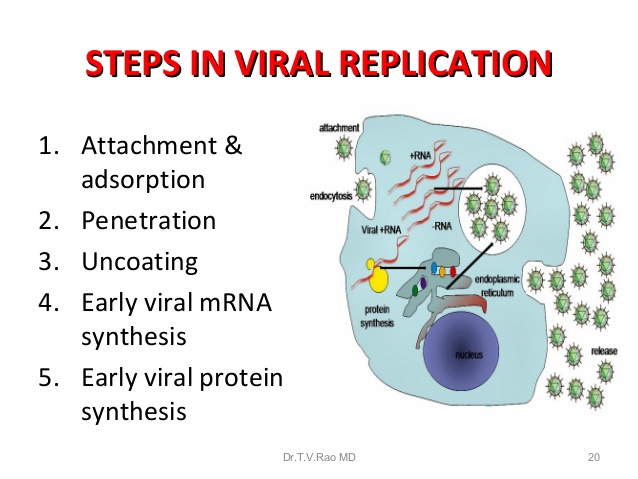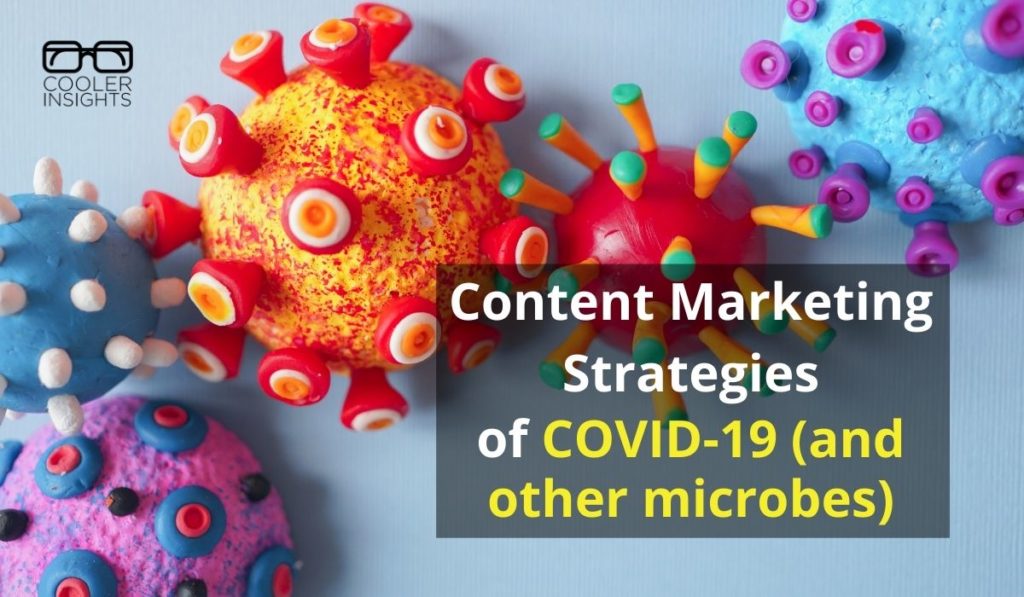
Nobody likes to fall ill. Especially now that the Covid-19 pandemic has besieged us all.
From viruses and bacteria to fungi, mycoplasma to plasmodium, germs are a terrible bane of our daily lives.
What’s amazing though is how these microscopic organisms could thrive so well over the millennia.
Have you read “The War of the Worlds” by H.G. Wells?
If you did, you would know that it wasn’t humans with all our military might which decimated the seemingly omnipotent aliens. Our puny bombs and bullets were pathetic against the phasers of a superior alien being.
Rather, what swung the odds in our favour were the humble bacteria and viruses which overcame the fragile immune systems of these foreign invaders.
Ultimate “viral influencers” on planet Earth
Indeed, there are lots to learn from viruses—the tiniest yet most insidious organisms on Earth.
From plasmodiums to fungi to bacteria to viruses, these parasitic life forms are hugely successful. Spawning the multi trillion dollar global healthcare and medical industries, they are highly resilient and robust little critters.
Despite mankind’s valiant efforts to fight and eradicate these numerous hidden enemies with the latest and greatest of science, medicine, engineering and even holistic healthcare, they effortlessly turn the odds in their favour, re-emerging with newer and more virulent strains.
In the world of marketing, we have named terms like “viral marketing” and “influencer marketing” in honour of these malicious life forms!
Are there content marketing lessons we all can learn from these influential (and irritating) life forms?
Occupy the right content niches
A major reason for the massive spread of microbes is that they are omnipresent.
Almost every habitable niche—air, land and sea—have these microscopic denizens (perhaps save for freezing cold or burning hot climates).
Highly adaptive and versatile, microbes like bacteria, fungi and viruses have evolved and adapted to suit the precise environment conditions of their hosts.
While some are benign and beneficial (like the Nitrogen fixing bacteria below which enriches our soil), others are highly malignant.
Courtesy of Boundless
Like the microbe, your job as a content marketer is to identify the right niches for your content.
If you are running a restaurant, fashion boutique, or hotel, you could perhaps place greater emphasis on highly visual social networks like Facebook, Instagram, TikTok, YouTube or Pinterest.
You may also want to focus on getting your business discussed and listed on location-based forums like restaurant review websites, travel review websites, and so on.
On the other hand, if you are a B2B business like a marketing or PR consultancy, greater emphasis could perhaps be placed on Search Engine Optimization (SEO), LinkedIn, Blogs, or other more “professional” social channels.
You should also participate in the specific interest-based groups on these channels.
Be precise and targeted in content creation
Do you know that the Deoxyribonucleic acid (aka DNA) or Ribonucleic Acid (RNA) of viruses are specially coded to match the cellular DNA of its host?
Comprising a series of molecular messages, they form an important part of these microscopic life forms. Often, the entire structure of the virus (see below) is precisely designed to convey its virulent “message” and inflict them onto its hapless victims.
While we certainly shouldn’t be inflicting damage on other humans, we could consider how we can craft razor sharp content tailored to the unique interests, needs and wants of our customers.
Like the virus, we should ensure that we develop the right mixture of words, videos, photos and infographics to hit the right emotional and intellectual spots of our customers.
Build communities and leverage on network effects
Have you noticed that crowds are often breeding grounds for disease?
In places where lots of similar organisms are gathered together – be they humans, plant crops, or domestic animals – epidemic outbreaks are more commonplace. In such environments, microbes can travel quickly from host to host, via air, bodily fluids or carriers.
When these organisms disperse to their own communities, they help to spread the germs around to their neighbours. This has a cascading network effects, and is the primary reason why microbes are so successful.
In the content marketing context, one should also focus on building communities or to identify existing networks of like-minded folks.
Invest efforts in keeping your community engaged and involved. Create content that feeds their needs, wants or interests. If possible, encourage them to also seed and spread the message to their networks through appropriate campaigns and promotions.
Like the microbes, find ways to “transmit” your message as far and wide as possible, taking advantage of the multiplier effects of crowds.
Understand your customer life cycle
Despite their amazingly simple body structure, pathogens are not stupid. They usually adapt their life cycle and infectious stages to match the life cycle of their hosts.
Often, they employ the help of the right vectors of disease like mosquitoes (for malarial plasmodiums) for instance. At the right stage, these microorganisms would enter the organs and cells of these transmitters, grow and reproduce with their help.
An example is the heartworm (Dirofilaria immitis) as shown below.
Similarly, study the life cycles of your customers and seek ways to match their various stages. Examples of such cycles in both the B2C or B2B world includes the following:
- Life stages of customers: infants, children, teenagers, young adults, married or single adults, middle-aged, seniors
- Buying stages of a customer: awareness, interest, desire, consideration, purchase, post-purchase, advocacy
- Growth stages of a business: seed, start-up, SME, expansion, bridge (pre-IPO), IPO
By matching your product or service to the specific life cycle of your customer, you work with them more as a partner rather than a product supplier.
Tailor what you have closely to each of the stages, and cater to their unique needs then.
Outsource heavy lifting content production work
Perhaps the most remarkable thing about micro-organisms, particularly viruses, is their ability to “outsource production”.
These super tiny living things exploit their host’s own genetic and cellular material to generate their own. In a way, this is a form of “outsourcing management” – applied at the cellular level!
If you study the life cycle of how viruses replicate, you will marvel (and shudder) at how they inject their own viral genetic material (DNA or RNA) into the host cells which result in their victim’s cells becoming factories of new viruses.
Source
While I’m not suggesting that businesses should be parasitical in nature, there is a grain of wisdom in leveraging on external help in content marketing.
There is a whole variety of folks who are willing to help you here. They include:
- Copywriter, brand journalists, editors, web designers and developers.
- Content marketing, SEO and social media marketing agencies.
- Social influencers like bloggers, YouTubers, or Instagrammers with considerable networks to amplify messages.
- Digital advertising agencies to assist in producing, positioning and placing targeted ads on Google, Facebook, LinkedIn or other online platforms.
(Feel free to contact our team at Cooler Insights for a free 30-minute consultation to learn what we do!)
Fail fast and fail cheap
Unlike anthropomorphic depictions of bacteria or viruses, most do not have familial connections or feelings. They do not cry over lost kin.
In fact, gazillions of microbes get exterminated each minute. They are murdered by our body’s own biochemical defences, the latest patented superdrug, or just nature itself (many viruses cannot survive for long outside their host body).
Despite these losses, these virulent organisms are still around. Exemplars of Darwinian law, the fittest in the family which survive the onslaught of attacks would pass on ever stronger genes to the next generation of germs.
By replicating rapidly and multiplying themselves (see below) using “other people’s money”, they reduce their costs.
Source of image
In a similar fashion, do not hesitate to let your most miserable content efforts die a natural death.
Cut losses when you see that blog post which you have published is flailing in views. Shut down your online communities if it becomes deserted. Reduce the number of social media accounts which you have, and focus on the vital few which has the best chances of thriving.
Sentimentality doesn’t get you anywhere when pitted against the scourge of a hyper competitive content marketplace.
Adopt continuous and iterative learning
Micro-organisms by their individual selves are extremely weak and fragile. However, their advantage lies in their abilities to multiply quickly and spread forth, both within their victims and when infecting a new vector.
While individual microbes are unlikely to think for themselves, the entire population of microbes act like a kind of swarm brain. Every generation of microbes function like a kind of iteration in innovation.
Mistakes in mutation (a kind of innovation) are eliminated from the system, while advantageous mutations are kept.
Because of their extremely short life cycles and turnaround time, microbes can “innovate” rapidly as a group. And this becomes extremely dangerous as new variants (like Covid-19’s Delta variant) can be developed extremely quickly in highly contagious populations.
In a similar fashion, build a feedback or learning loop into your content marketing efforts. Incorporate the following content marketing habits to shorten your learning curve:
- Measure the outcomes of all content pieces. Track indicators like page views, likes, shares, comments, inbound links, and other measurements.
- Conduct customer interviews and surveys to ascertain which content works better than others.
- Do A/B/C testing to see which forms of content works better. Test combinations of designs, images and copies.
- Monitor the best times of the day, and days of the week to publish your content.
- Refine your social sharing strategies to determine the right balance of curated versus created content.
Go forth and multiply
Now that you have read all about the nefarious strategies of microbes, ask yourself the following questions:
- Are my content marketing efforts occupying the right niches? Am I at the right online places?
- Are my content messages and formats tailored to fit my target audiences?
- Am I building my communities and taking advantage of network effects?
- Do I understand my customer’s life cycle and how my message fits?
- Have I tapped on the professional help of experts in the field to lighten my load?
- Do I have a way for my content marketing efforts to fail fast and cheap?
- Is there a way for me to learn continually from my mistakes and refine my craft?
By “thinking like the enemy”, we are better able to devise better ways to create compelling content, win over the hearts of our customers, and ensure the long-term sustainability of our businesses.
What are your thoughts on this? Does it sound feasible for us to copy such methods in germ warfare for content marketing?

